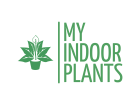Best Houseplant Soil Mixes: The Perfect Blend for Perfect Plants
Choosing the right kind of soil for your houseplant can be tasking. You might be uncertain about what type of soil mix to select from the numerous varieties available. Various houseplant soil mixes contain different components. We have covered several plant soil mix components and some of the best houseplant soil mixes you can consider. Read on to learn more about houseplant soil mixes below.
Best houseplant soil mixes: Houseplant potting mix recipes
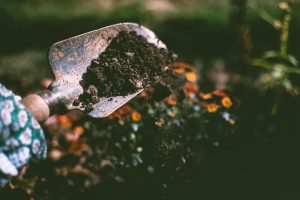
Various houseplants require different types of soil to thrive. Some houseplants like cacti and succulents prefer loose well-draining soil while others like Calathea thrive in soil that can retain moisture. Learning your plant’s needs is the key to selecting the best potting soil for houseplants. The most common ingredients of healthy houseplant potting soil include:
Perlite
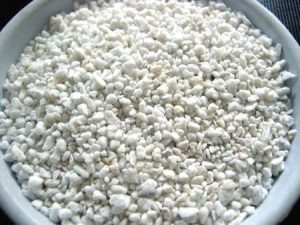
This is one of the most common components of most houseplant potting mixes. Perlite is a volcanic rock that is heated to expand. Perlite is added to houseplant potting soil to retain moisture and improve drainage. This component also aerates the soil. You can use a perlite-based houseplant potting mix to pot your cacti or succulent plants.
Peat moss
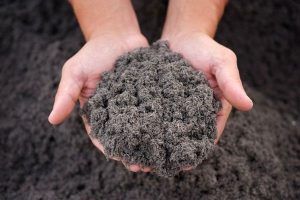
Peat moss is another houseplant potting mix component that improves moisture retention and drainage. This fibrous material can be added to houseplant potting soil and used to pot tropical plants that need well-draining soil which can enough moisture.
Coco coir
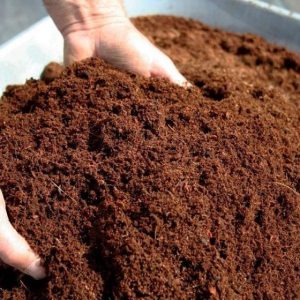
Coco coir is a component used to increase drainage in houseplant potting mixes while still retaining moisture for your houseplant. This potting soil additive is made from coconut husks making it a sustainable selection.
Vermiculite
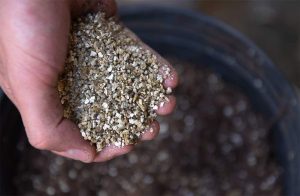
Another component you should consider when selecting the best potting soil for houseplants is vermiculite. This material absorbs adequate moisture and prevents your plant from drying out. Vermiculite also prevents waterlogging and root rot by enhancing drainage.
Pumice
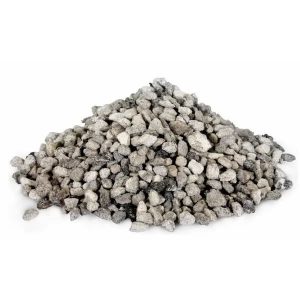
Pumice is a porous volcanic rock that improves soil aeration and enhances drainage. This material retains nutrients to improve your plant’s health. You can select a houseplant potting mix with pumice to ensure proper drainage and prevent root rot.
Worm castings
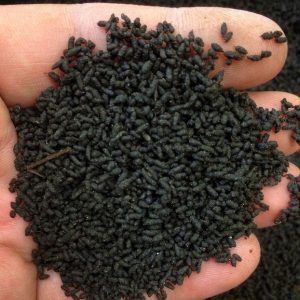
Worm castings are materials produced by earthworms. These materials are rich in nitrogen and promote overall plant growth and health. You can add worm castings to your potting mix to add nutritional value to your houseplant.
Composted bark
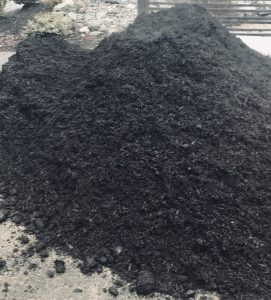
Composted bark is another component that you can add to your houseplant potting mix to improve drainage and add nutrients. Composted bark is made from the decomposed outer layer of trees. This material also improves soil aeration and prevents waterlogging.
Types of houseplant potting mixes
There are different types of houseplant potting soil mixes that you can use to pot your houseplant. Some potting mixes are made specifically for certain types of houseplants. Here are some houseplant potting mixes you can consider.
Standard potting soil mix
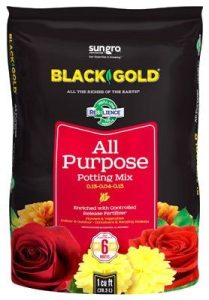
This type of houseplant potting soil is generally ideal for most types of houseplants. Standard potting soil mix contains vermiculite, compost, perlite, and moss. A standard soil potting mix has ample drainage, proper aeration, and can retain moisture. You should consider selecting an ideal standard potting mix for your houseplant.
Cactus and Succulent potting mix
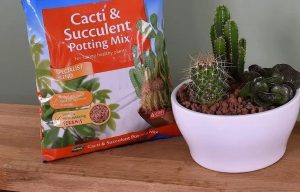
Most cacti and succulent plants don’t require plenty of moisture to thrive. A cactus and succulent potting mix would be ideal if you have a cactus or succulent plant. This type of potting mix does not retain plenty of moisture like other houseplant potting mixes. Instead, cactus and succulent potting mixes have materials such as perlite, pumice, or sand to enhance drainage and improve aeration.
Orchid potting mix
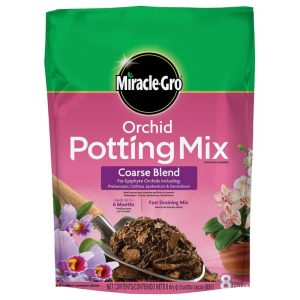
One of the best houseplant soil mixes for orchids and epiphytes is the orchid potting mix. This houseplant potting mix contains aeration materials such as moss, bark, or coco coir. An orchid potting mix would be best for plants such as Tillandsia, Bromeliads, epiphytic Cacti, and others.
Seed-starting potting mix
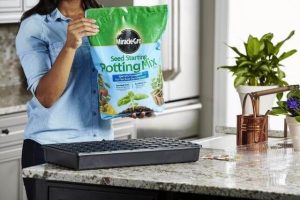
Seed-starting houseplant potting mixes are lighter and finer compared to other potting mixes. These types of potting mixes are ideal for planting houseplant seeds. Seed-starting soil mixes typically don’t contain added fertilizers. The most common ingredients of seed-starting potting mixes include vermiculite, perlite, peat moss, and coco coir.
Special potting mixes
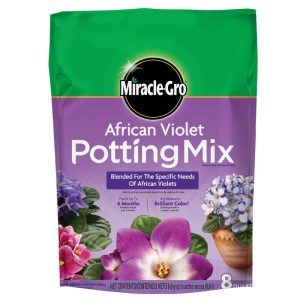
Some houseplants require special houseplant potting mixes with specific PH values. For instance, a plant like African Violet prefers a special houseplant potting mix to thrive. You can determine your plant’s needs first and select a suitable potting mix.
Best houseplant soil mixes
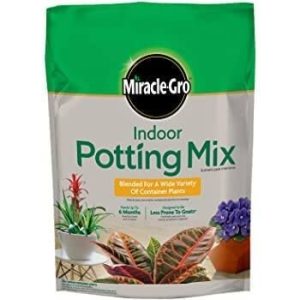
Below are some of the best houseplant soil mixes that you can consider using to pot your houseplant.
Miracle-Gro Indoor Potting Mix

Miracle-Gro houseplant potting mix is one of the best potting soil for houseplants you can consider using. This potting mix contains coco coir that enhances water retention, drainage, and soil aeration. Miracle-Gro Indoor Potting Mix does not contain bark or compost making it the ideal soil mix for deterring fungus gnats and other pests.
Kenzoplants Organic Succulents and Cactus Soil Mix
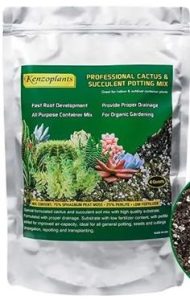
Succulents and cacti houseplants are prone to root rot from overwatering and need fast-draining soil to survive. If you have a cactus or succulent plant, we recommend Kenzoplants Organic Succulents and Cactus soil mix. This houseplant potting mix contains sphagnum moss and perlite that improve drainage and aeration. Kenzoplants Organic Succulents and Cactus Soil Mix drains excess water effectively preventing root rot.
Miracle-Gro Orchid Potting Mix
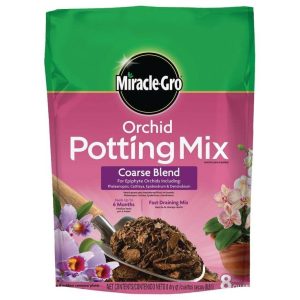
Miracle-Gro Orchid Potting Mix is one of the best potting mixes you can use to pot your orchids and epiphytic indoor plants. This potting mix is made from coarse well-draining materials that improve soil aeration.
Proven Winners Premium All Purpose Potting Soil
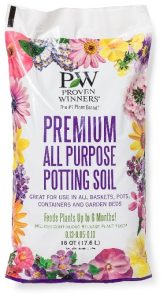
Another houseplant potting soil mix that you can use is Proven Winners Premium All Purpose Potting soil. This potting mix would be ideal for several types of indoor plants. Be sure to research your plant’s soil needs first before choosing this all-purpose blend.
Proven Winners Premium All Purpose Potting soil is ideal for indoor flowering plants. This houseplant potting mix contains peat moss, vermiculite, and pine bark. The potting mix also has dolomite lime which is effective for lowering the acidity levels of the soil.
Miracle-Gro Seed-Starting Potting Mix
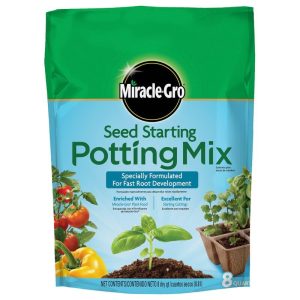
If you are looking for a fine-grained lightweight houseplant potting mix to plant your houseplant seeds, you can consider Miracle-Gro Seed-Starting Potting Mix. This potting mix enhances root development and contains plant food to promote healthy plant growth.
Choosing the right houseplant pot
Don’t rush to purchase wholesale houseplant pots before determining what your plant needs. There are several factors you should consider when selecting houseplant pots. Such factors include size, material, and drainage holes. Below are several houseplant plant pot materials you should consider.
Terra cotta houseplant pots
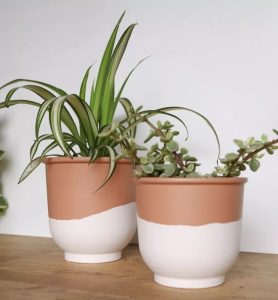
Terra cotta houseplant pots are some of the best houseplant containers you can choose. These containers absorb excess water in soil preventing your plant from developing root rot. Terra cotta pots for houseplants are ideal for plants that require excellent drainage to survive.
However, you should be cautious when handling a terra cotta container since it breaks easily. Ensure you choose the right container size for your plant.
Plastic houseplant pots
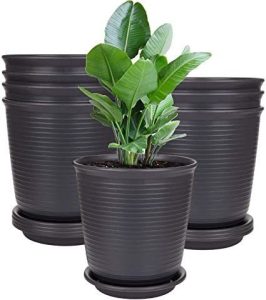
If you prefer a lightweight container, a plastic houseplant pot would be the perfect choice. Plastic containers are also versatile and available in different colors and designs. However, you should note that plastic containers are not a sustainable choice and have a negative impact on the environment.
Metal planters
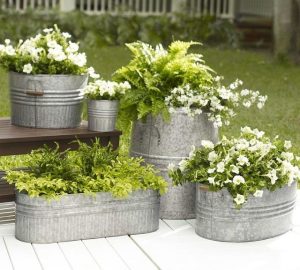
Another popular houseplant material pot choice is metal. These planters are durable and lightweight. Consider the size of your plant before selecting a metal container for your plant. If you choose a very large container, the soil might become waterlogged leading to root rot.
Do houseplants need pots with holes?
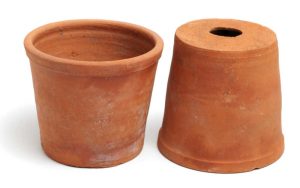
Yes. Houseplants need containers with drainage holes to ensure proper drainage. Drainage holes get rid of excess water from your plant’s soil. A houseplant in a container without drainage holes is more likely to become waterlogged than one planted in a container with drainage holes. When selecting a suitable container for your houseplant, ensure it has enough drainage holes. Drainage holes help keep your plant alive and prevent overwatering.
Houseplants require different types of soil to thrive. Some will thrive in fast-draining soil with plenty of nutrients while others prefer loose moisture-retaining soil. Selecting the right type of soil is one of the keys to a healthy plant. There are different houseplant potting mixes you can use including all-purpose potting mixes, orchid mixes, and special mixes. If you require additional assistance in choosing the best houseplant soil mix, reach out to us today.
